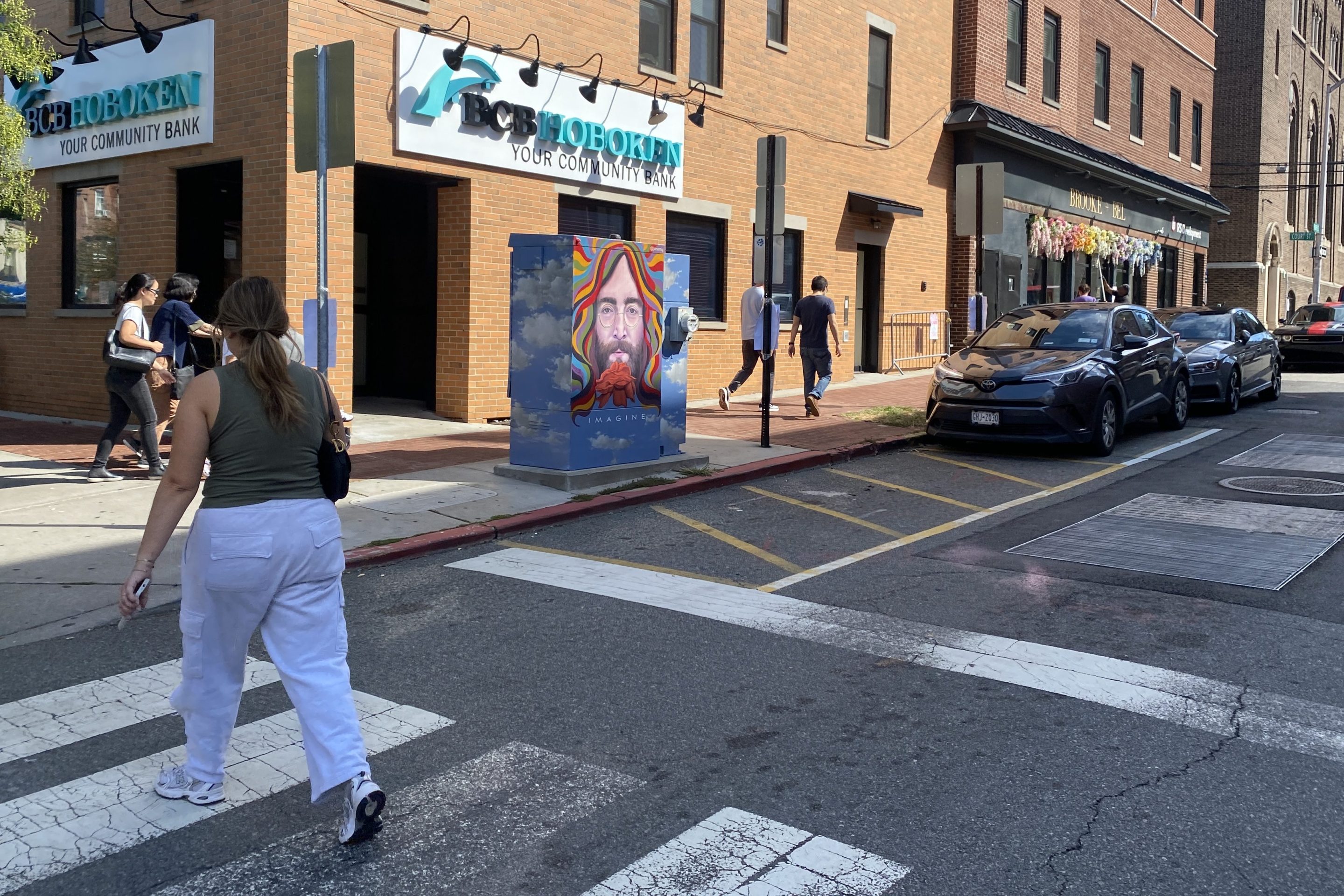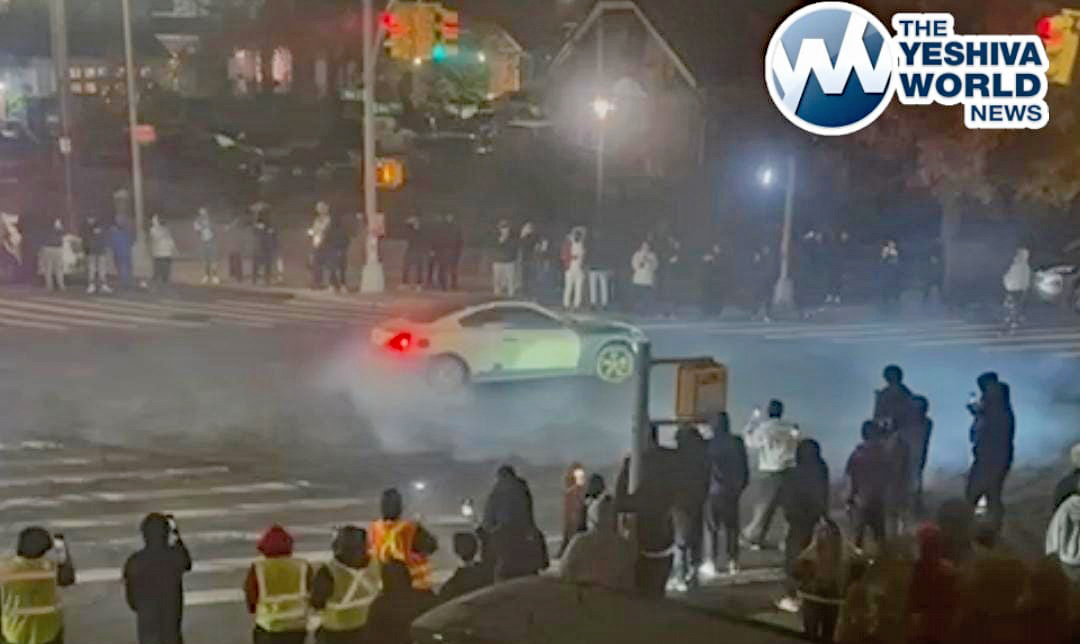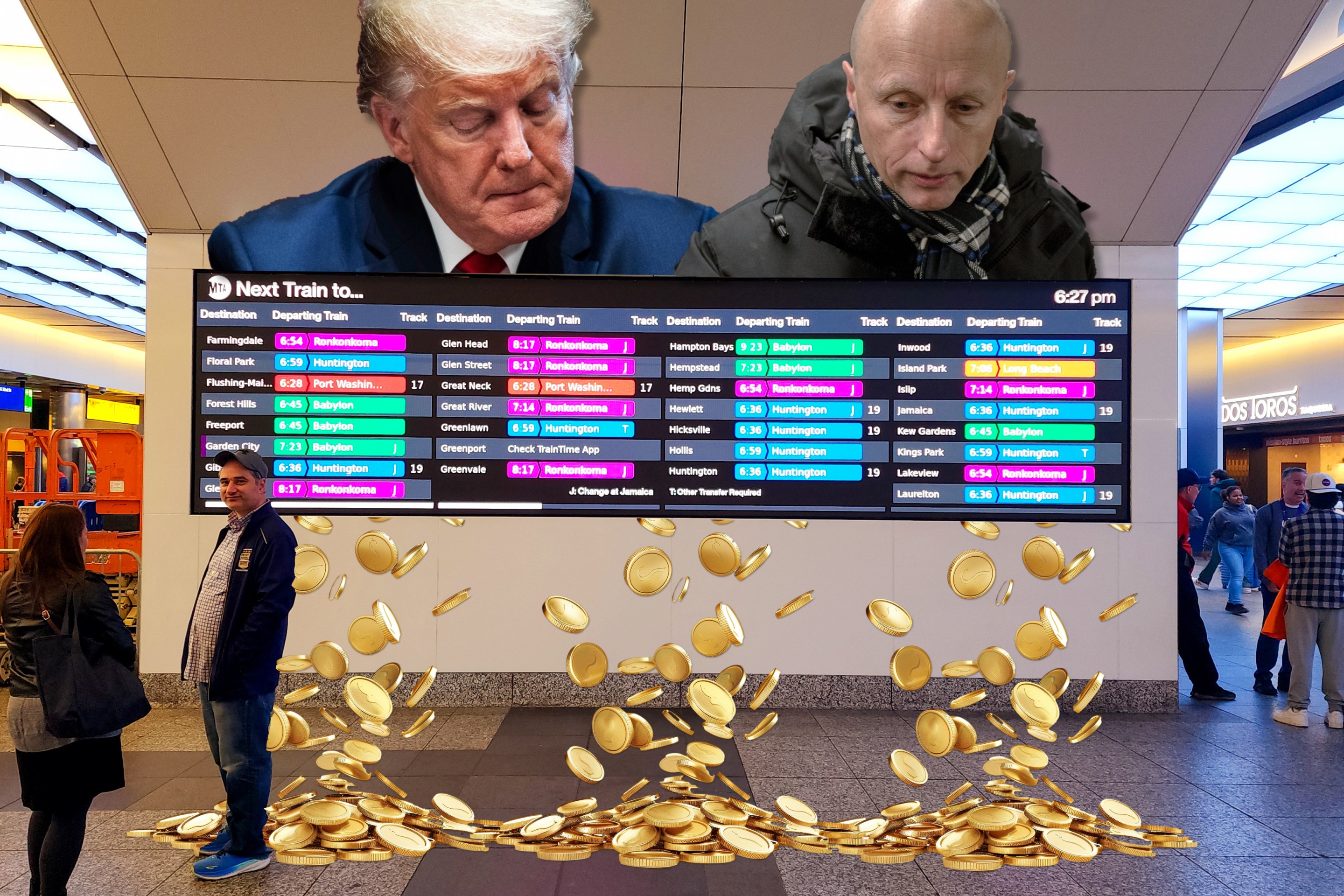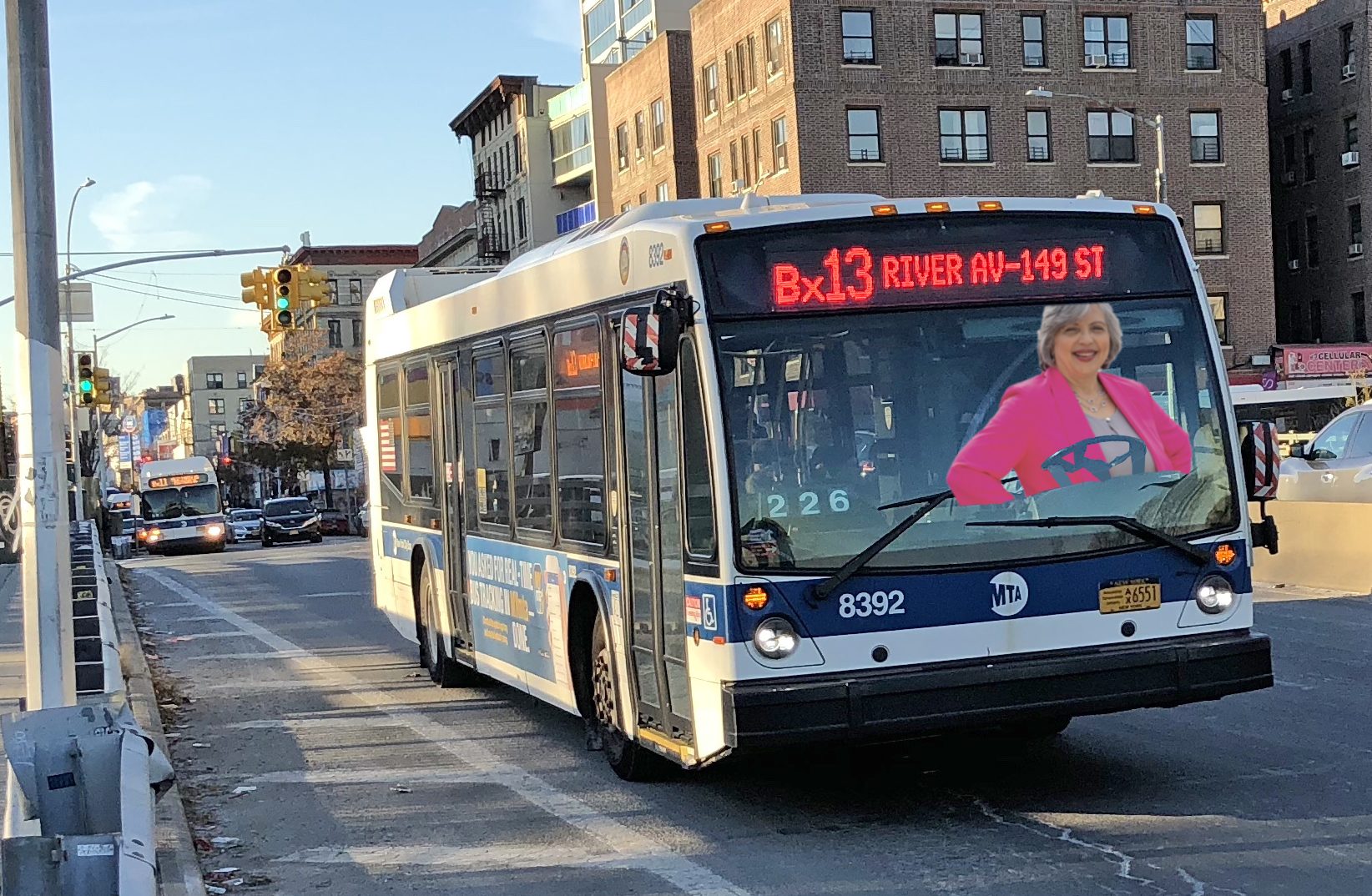Gary Toth is director of Project for Public Spaces' transportation program and an influential voice for transportation as a tool for making communities more livable. In this piece he tells us how state DOTs are taking cues from Washington as the stimulus bill takes shape. It's going to be more of the same unless Congress starts sending different signals -- immediately. The names of DOTs have been altered (State DOT A, State DOT B) to protect the identity of sources. Check out PPS's social network site for more from Gary.
 Time is running out to tell DOTs that bicycle and pedestrian projects should be a priority.
Time is running out to tell DOTs that bicycle and pedestrian projects should be a priority. I spent last week working with 30 engineers and planners at State DOT A while teaching a transportation and land use course. In a phrase, the politicians are driving them nuts over the stimulus. Yesterday, I met with a planner from an MPO who said that she was ready to put a bullet in her head as a result of the disruption that the stimulus has created in her job.
This is consistent with what I find when I talk to people at State DOT B. Congress's dangling of billions in front of the politicians has created a feeding frenzy, with the people at the top desperately trying to prove that they can spend every penny, and imposing on staff to create list after list without ever knowing what the rules of the game are. All sense of standards and reason is out the window.
People are already investing resources in hurriedly putting together projects
that they think the bill will call for. If Congress wants to steer them
to, say, bike/ped or maintenance, legislators have to get the word out
now. Alternately, they have to be more pragmatic about this and
recognize that they may have to give the DOTs 90 days to gear up to
what Congress wants them to spend the money on, then 180 days to spend
the money. Otherwise, the DOTs will have no choice but to pick
business-as-usual projects, because that is all they have in the pipeline.
Word around DOT B is that, due to the same financial issues driving DC to desperately figure out how to prop up jobs, DOT B is now developing the framework to lay off 85 maintenance workers amongst a few hundred potential job cuts. Even before cuts were being considered, staff at DOT B did not believe that they had enough resources to get the stimulus out. DOT A has similar doubts. But their leaders will never say die, never admit to Congress that they need more time out of fear that the money will go to another state which is not quite as honest about its capabilities.
Furthermore, in both states staff believe that the only way to get anything out within the stimulus bill's tight time frame is to offer up jobs that were already "ready to go," plus attempt to accelerate projects that were 80 to 90 percent complete and perhaps scheduled for late 2009 or early 2010. These are projects for which the DOTs had already programmed funds and which would have gone out anyway.
I also believe that the undervalued DOT staff will valiantly attempt to double or triple their output, but perhaps succeed only in relatively modest increases in such a short period of time. Except of course for any state that for some reason had a piece of a multi-billion dollar freeway ready -- but I am skeptical as to how many of those are really out there.
In neither state has anyone appeared to have seriously considered ramping up the routine maintenance work that is sorely in need of attention. This could not be done overnight either. Instead of real maintenance, the fix-it-first projects that they are pumping out are bigger capital projects (5 to 50 million dollar range) which have had to go through the design mill. Of course, things could be worse, as evidenced by the states that are hawking multi-billion dollar freeway projects.
Does Congress know what it is about to unleash? This looks like a repeat of last year's banking bailout. In a few months, everyone will be wondering what happened to all the money, nothing much will have seemed to change.





